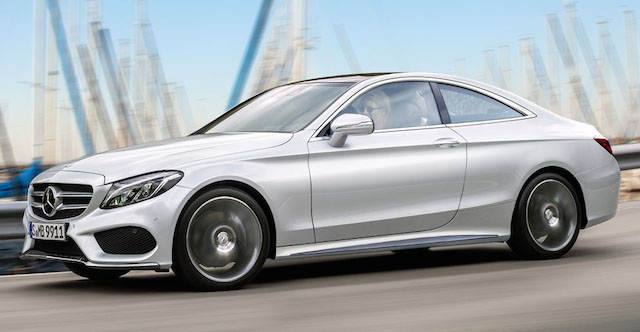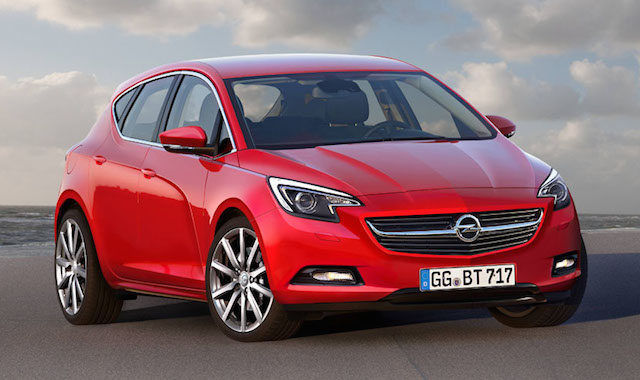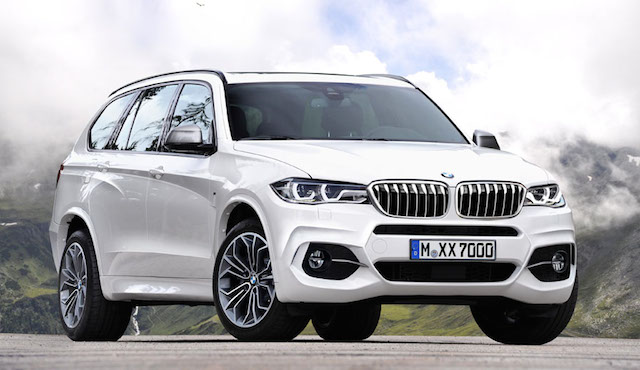
Car designers working for European spy agency Automedia have completed computer-generated images of what New Zealanders can expect from Volkswagen, Mercedes-Benz, Opel (Holden), Audi and BMW over the next couple of years.
The designers base their interpretations of how future cars will look on inside industry information and countless spy images taken at road test facilities in Europe and elsewhere.
Their translations go beyond guesswork – they are almost always uncannily accurate, save perhaps for a minor detail here and there. Automotive News NZ has the exclusive rights in this part of the world to Automedia’s material.
VW Tiguan CC
Set to arrive in 2016, the next-generation Tiguan (above) will be offered in three versions in order to boost its sales: in standard guise, in the XL version (long wheelbase version developed especially for the Chinese market) but also as a CC with a coupe-like roofline. Customers will probably not see the upcoming Tiguan CC as a rival for the BMW X4, as this model will likely be cheaper than its Bavarian rival. Regarding the design, expect this new model to arrive with design elements found on concepts such as the Cross Blue Coupe but also inspired by the new Passat B8, which has made its official debut just recently. Under the bonnet, the second-generation Tiguan will use the same engines found on other VW models such as the popular 2.0-litre TDI diesel engine but also the 1.8-litre TSI petrol engine.
Set to debut in 2015 or 2016, the C-Class Coupe will reportedly have an evolutionary design with LED-infused headlights, a more upright grille and flared wheel arches. We can also expect a restyled rear-end that will give the car a “more dynamic stance.” Like the sedan, the coupe will grow in size as its wheelbase is rumoured to be 76mm longer than the current model. This should result in a more accommodating cabin with additional rear seat legroom and extra trunk space. Engine options remain unconfirmed but speculation suggests there will be a 1.6-litre four-cylinder with 115kW hp, a 2.0-litre four-cylinder with outputs of 137kW, 157kW, 188kW, a 3.0-litre V6 with 248kW and a 4.0-litre V8 with 344kW. There could also be a couple of diesels, a hybrid or two and possibly a C63 AMG Black Series successor.
The return Down Under of Opel products wearing a Holden badge was confirmed earlier this year, after Holden announced it would stop building cars across the ditch from 2017. Both carmakers are owned by General Motors. Holden is in desperate need of a good hatchback to challenge the likes of the Toyota Corolla, Mazda3, VW Golf, upcoming Peugeot 308 (2014 European Car of the Year) and Ford Focus, among others. Opel is expected to use more lightweight components in the Astra (due in NZ next year) in a bid to cut weight by up to 100kg. Smaller turbocharged engines, lighter suspension components and superior alloys and fabrication methods could all be used to make the Astra better. Every generation of Astra has been very different to the one before it.
Audi will increase its range of Q cars in 2016 with the launch of the Audi Q1, a baby crossover SUV. If Audi is to deliver on its promise of offering a 60-model range by 2020, it needs a flurry of new niche models – and while the Q1 is confirmed to go on sale in 2016, the SQ1 seems certain to be on the German marque’s radar, too. Rather than using a jacked-up A1 platform, the Q1 will be based around the smallest configuration of the VW Group’s scalable MQB base and share engine options with the new Volkswagen Polo (due in NZ in 2016) and the second-generation Audi A1. Audi’s all-wheel-drive Quattro system seems a likely option for the Q1, although most sales will be front-wheel drive. The Q1 will sit at the bottom of the SUV line-up and be aimed at vehicles like the Nissan Juke, among others.
Like the X3, X4, X5 and X6 models, the X7 will be built in the US, at the Spartanburg, South Carolina, plant. Norbert Reithofer, chairman of the BMW Board of Management, paved the way for expansion of the X model family, saying: “With the BMW X7, we are developing another, larger X model, which we will produce at our US plant for our world markets – once again underscoring our commitment to the US.” Details are scant, but observers say the X7 will be over 5m in length, judging by the current crop of X-models measuring between 4.48m (X1) and 4.89m (X5). Insiders expect the X7 to arrive with BMW’s 3.0-litre triple-turbo diesel – the ‘M50d’ – producing around 285kW, along with the standard 3.0-litre diesel and range-topping 4.4-litre V8. One in four BMWs sold across the globe is an X model. The added investment in Spartanburg will also attract another 800 new jobs.




